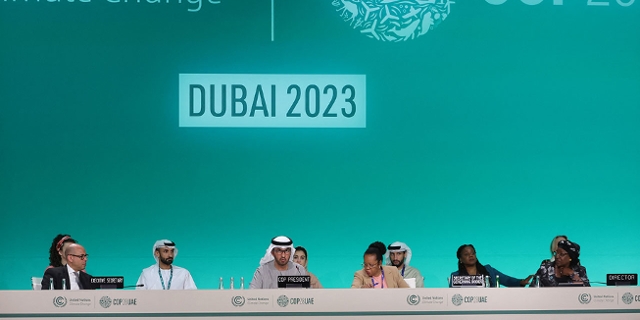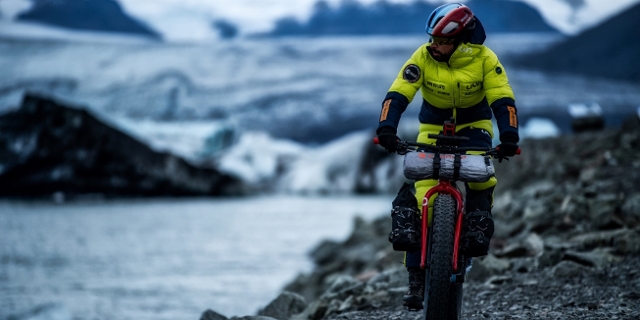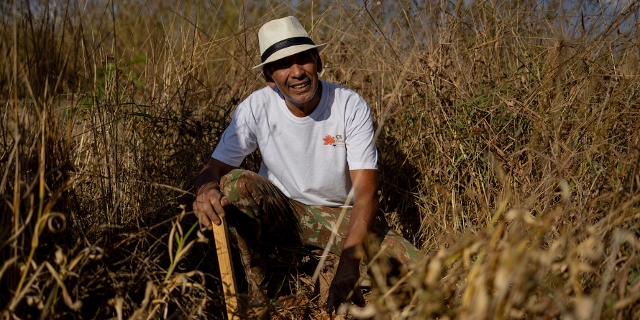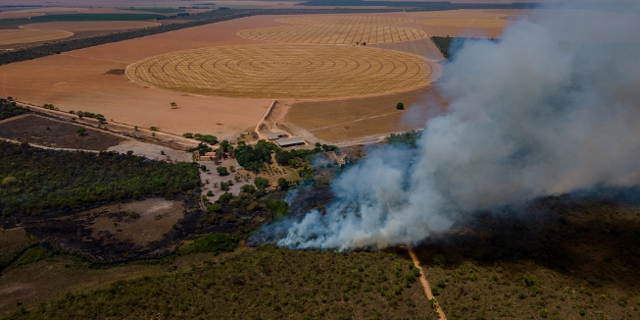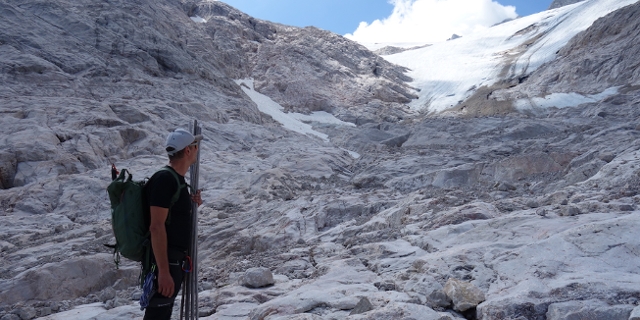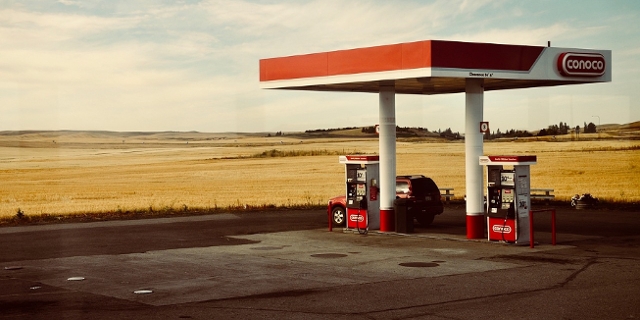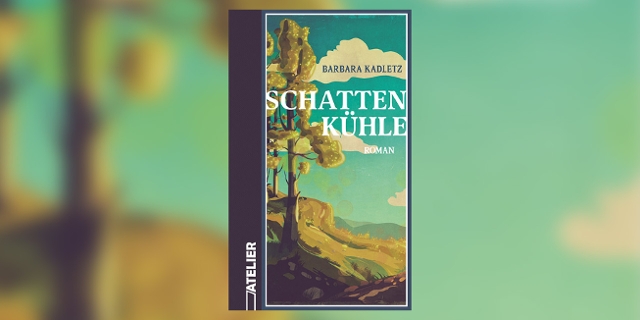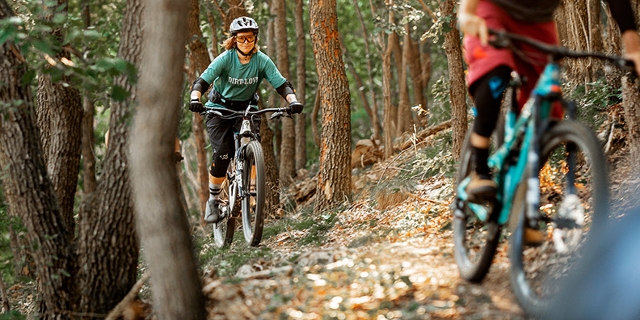Cattle For The Climate
On a wind-swept day in the Lake Neusiedl and Seewinkel national park, a herd of cattle graze on some the deep green pastureland that surrounds one the white-crusted sodic lakes. Initially it comes as a surprise to see cattle farming in a nature protection zone; but, Harald Grabenhofer, the head of research and monitoring at the national park says we should have no beef with this project.
He says the right sort of cattle farming, if it is on the right scale, can be beneficial to the environment.
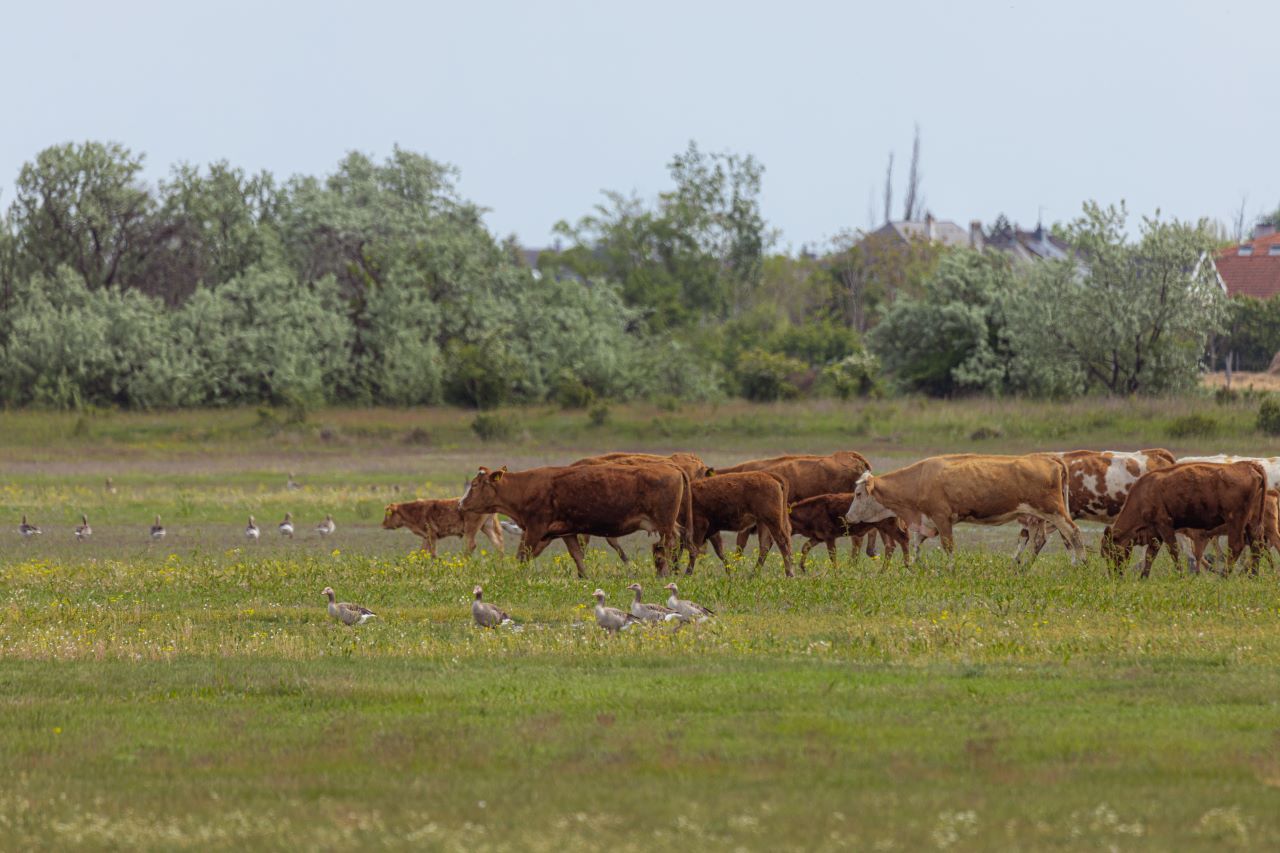
Cornelia Gillmann
No, this is no green light for daily meat!
Before we start; this is no plaidoyer to keep eating so much meat. Over a third of global greenhouse has emissions come from food production, 60% of those emissions come from meat production, and beef farming alone is responsible for a quarter.
Intensive meat farming is what keeps fast-food joints going. It keeps us eating more meat than is healthy for us or the planet.
Austrians eat 91kg per person per year, only the Spaniards eat more in Europe. Our planet can’t sustain this. Full stop.
But extensive farming can help the planet because of the role that grazing plays in protecting a valuable eco-systems and carbon store; grasslands.
Extensive vs. Intensive
“When it comes to cattle farming”, says Harald Grabenhofer, “you have to look carefully at how the animals are kept. It depends on how the animals are fed, also how the excrement is treated. Everything is completely different on the pasture. Faeces and urine are separated here. If the dung is processed by the beetles, then the amount of methane accumulated is not so serious.”
A Prehistoric Ecosystem
Cattle-grazing is encouraged in the national park because it keeps the landscape open for grasslands.
These meadow ecosystems have been a feature of the region at least for centuries, explains Harald, through a long history of traditional grazing: “And even before that, when humans weren’t here, there were big, big herbivores in all likelihood that kept the landscape open, at least in large parts.” A large variety of species dependent of these open grasslands developed.
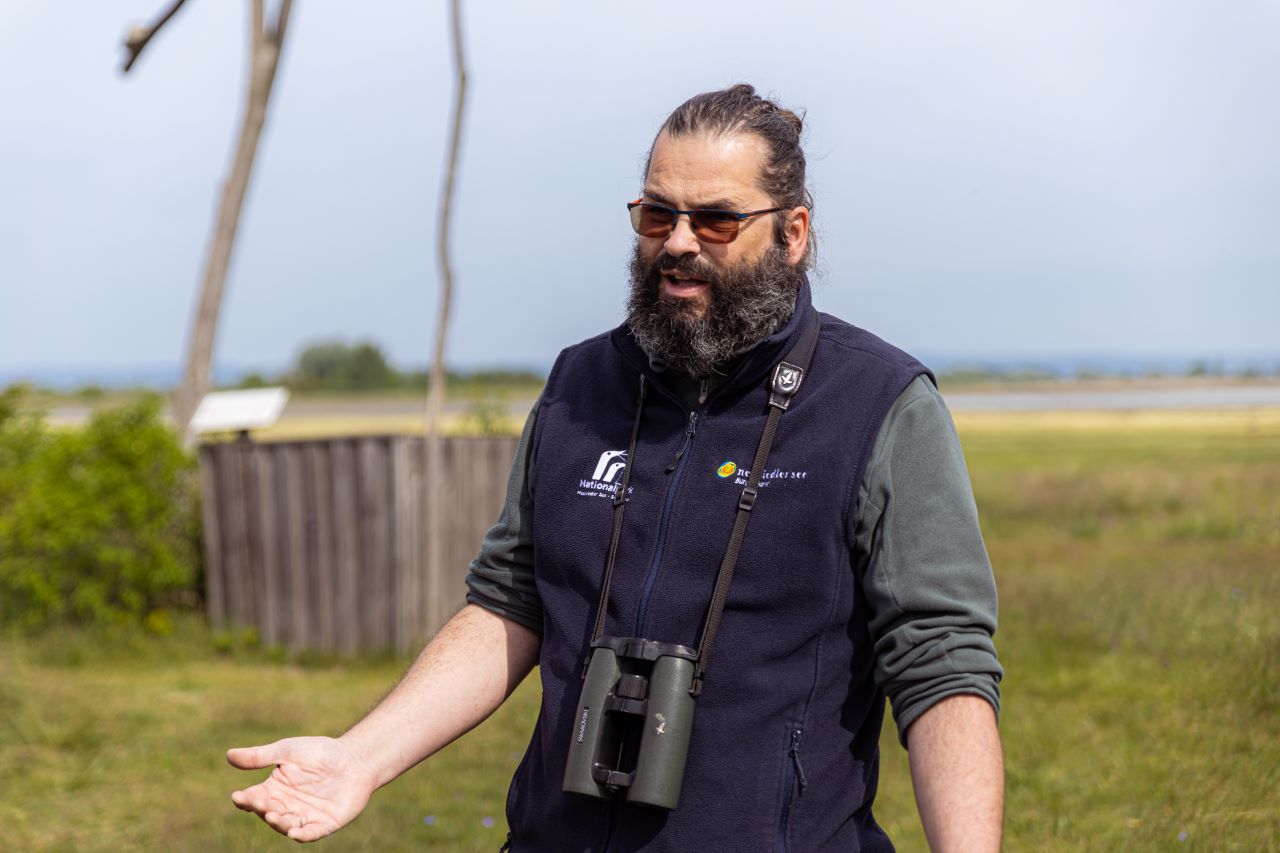
Cornelia Gillmann
However, as the economic situation became difficult for traditional extensive farming in eastern Austria, the grazing began to stop in the 1960s. Since then shrubs, some of the invasive have crept over the landscape. So too have the reeds of Lake Neusiedl, which are valuable in the right areas and right proportions, but which have begun to strangle the landscape.
These bushes, scrubs and reeds have been squeezing out the plants that had depended on the meadows and other organisms that were at home in the grasslands. Even the delicate chemical balance of the sodic lakes, so vital for migratory birds, has been impacted by the change of habitat.
„Killers Don’t Look Like This“
That’s why farmer Mario Fleischacker, who is watching over the herd, says his cattle are nature protectors and curators of the landscape. The cattle are peacefully munching grass as wild geese stalk around. “Everyone talks about them as climate killers,” he says, “but killers don’t look like this.”
They munch on invasive plants and some of the nutrients are returned to the soil in the form of cowpats, which would not happen if the grasses were cut mechanically.
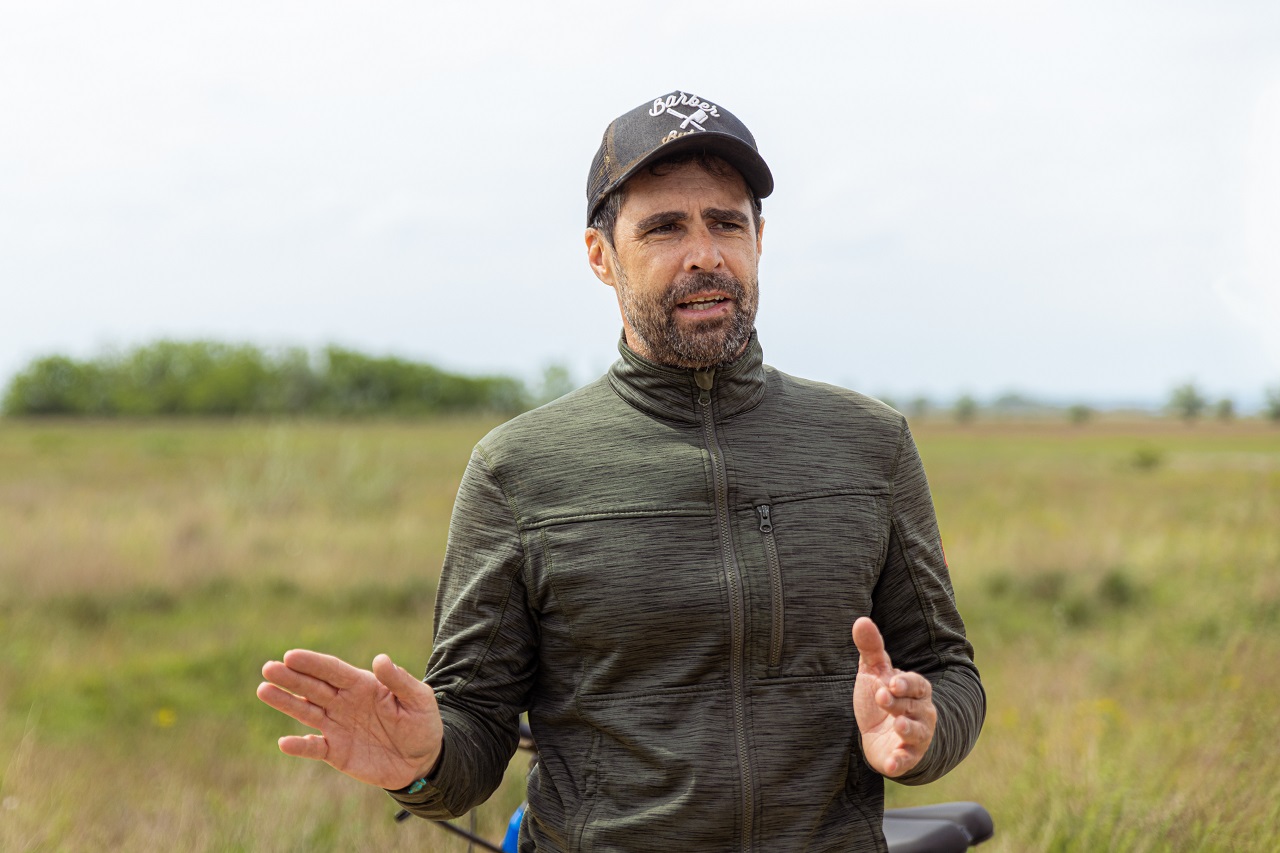
Cornelia Gillmann
The Value of Grasslands
Meadows are a bit of a secret weapon in the fight against climate change. They store vast amounts of carbon below-ground amongst their dense root systems, where is safe from the fires that affect forests.
“Depending on soil and moisture conditions,” says Harald “such intact grassland systems may store even more CO2 than forests.”
Grazed meadows contain a greater diversity of flora and fauna than equivalent areas of forest. Importantly they are home to a rich variety of insects, which are vital for more celebrated members of the Lake Neusiedl ecosystem:
“These are organisms that have adapted to these conditions here over millennia. And of course they later serve as a basis for food for birds,” says Harald. “That means we can preserve a diversity of species here.” It is ecologically vital to maintain the birdlife of Lake Neusiedl of course, but it is also an economic imperative for a region that attracts so many human visitors because of its rich guestlist of avian visitors.
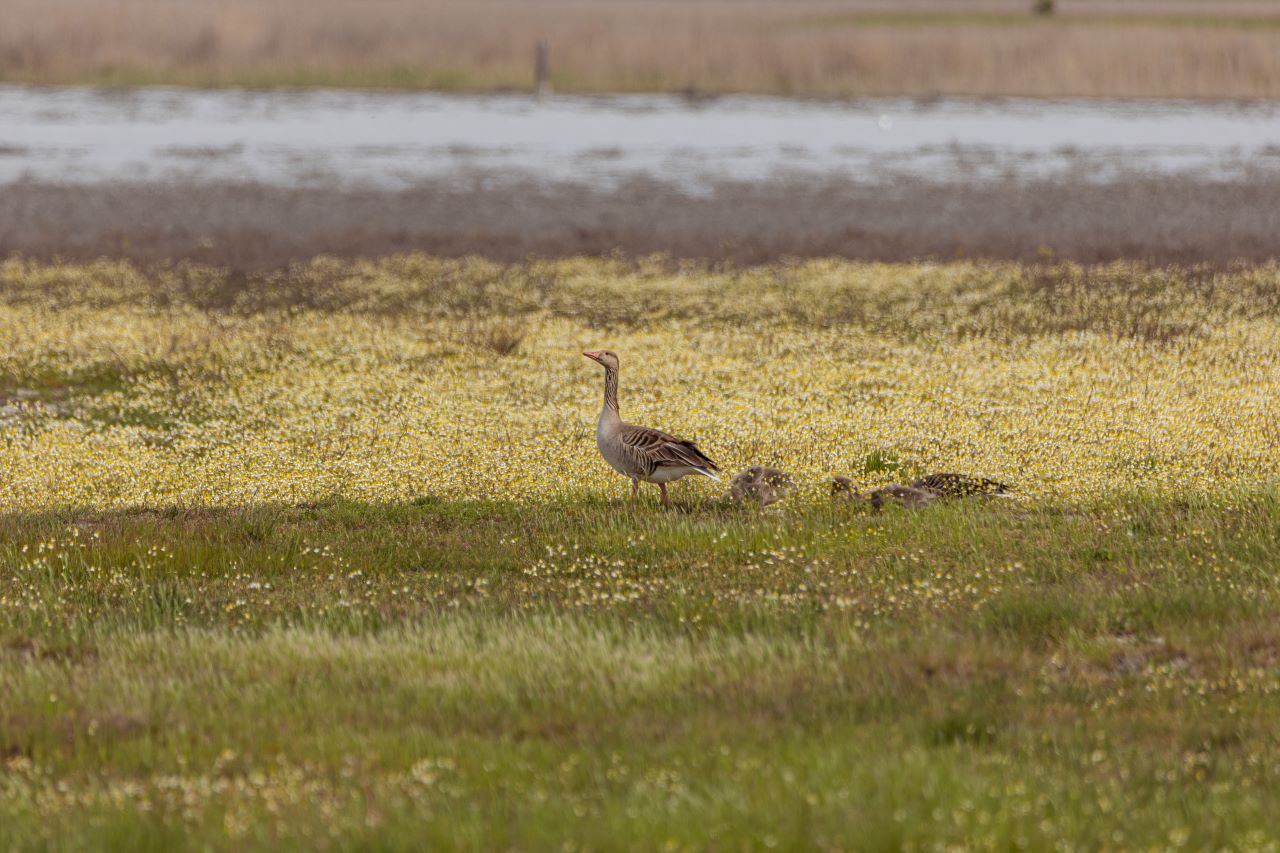
Cornelia Gillmann
It Is About Balance
If he short take-away from this story is that grazing can play an important role in the struggle for a healthier climate and biodiversity situation. But this isn’t of course a free pass for us to eat meat several times a week. The meat from the few dozen cattle here, sold on-line from Mario Fleishhacker’s farm, can serve a small niche market. You won’t find beef from regenerative farming at fast-food joints or work canteens.
It is, like so many aspects of ecology about balance. As a society we desperately need to move away from industrialized meat consumption, but at some level, and on some scale, there must still be room for the grazing animals.
Agriculture Is More Than Food Production
Harald believes we must move away from seeing farming purely in terms of the amount of cheap food to be produced and consumed. Instead, we must think more deeply about the wider relationship with ecology. Farmers have to work with natural processes, rather than fighting against them. But for that they will need greater financial support, greater understanding and greater empathy from the rest of society.
Publiziert am 19.05.2023







